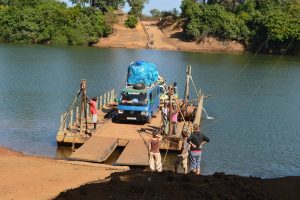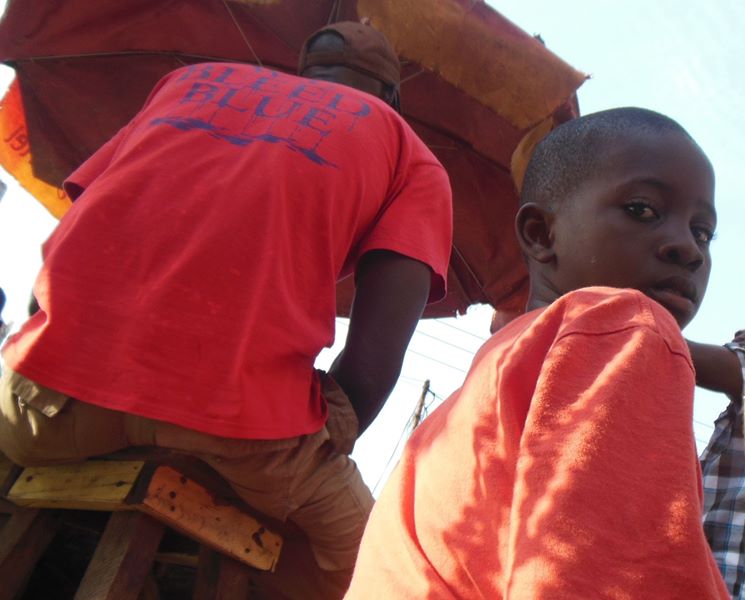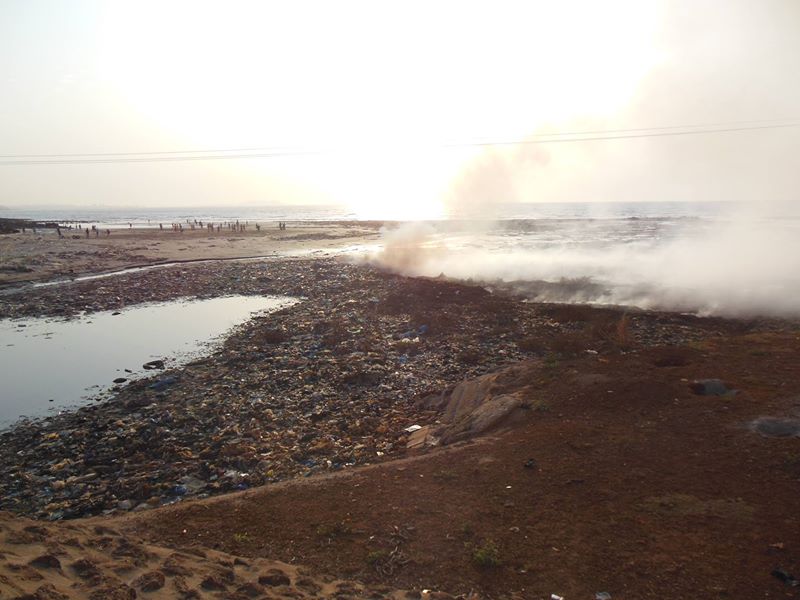AFRICAN CONTINENT
Travel countries: Sierra Leone
Experience: diamonds market and civil war
Are diamonds forever?
DE BEERS – the company which used to hold 90 % of diamonds trade across the Globe, literally killing competitors for the ability to control supply and stimulate demand. In 1970s it established a massive agitation campaign in USA promoting the message for the society that diamonds are forever, creating an enormous value for this little shining piece of mineral. People started purchasing jeweller with diamonds, especially engagement rings, as a symbol of strong love and lifelong marriage. Until nowadays, diamond business remained monopolized, making money from the believe of people that as bigger the diamond in the ring, as longer the love will last. What is hiding behind this industry? What is the real price of diamonds? Who is paying the real price and who is playing with the profit? All these questions and much more became clear for me after travelling to the country which suffered 10 years Civil War mainly caused by diamonds, and still today is one of the largest diamonds supplier in the World – Sierra Leone. Conflict diamonds was not a new term for me, but it became more than a term learnt in the lectures of international economics after getting closer to the issue – to the actual land of blood diamonds.

We were walking by the beach in Freetown when we were stopped by a local man with greeting questions how we are and where we are from. Surprisingly, he did not want to sell anything. Moreover, he had a story to share. The man called Edward came from Kono region, the biggest diamonds mining fields in Sierra Leone. He started work when he was 6 years old: diving in the river, fishing diamonds. Two years later, RUF (United Revolutionary Front) started attacking villages, looking for people to enslave for diamond mining, gaining resources to fund the Civil War. Kono region, the homeland of Edward, was turned into a cruel war zone. All his family was killed with a message from the rebels “get away from our diamonds”. Being 8 years old Edward had to run away from the country alone just for survival. The closest and safest destination was Guinea Conakry. That is how he spent the next 8 years of his life: homeless kid, without local
Language, in unfamiliar environment, without education, doing any jobs just to earn for food. It could not fit in my head how much strength a child should have to able to life in these conditions. He did not want to explain more about what he was doing and how he earned for the living; as well as I did not want to interfere into Edward’s past, which looked painful from his eyes.

When the Civil War ended, he came back to his country, but he was never able to come back to Kono. Mass graveyards next to his childhood house still resemble in his mind. Now he is selling cool drinks in the beach of Freetown, because diamonds resources exhausted after the civil war and it is not so easy to find it anymore.
It was just a single story of one boy, but how many of those stories are hidden in this Mountain of the Lion?
All of these diamonds, which sponsored civil wars in Angola, Democratic Republic of Congo, and Sierra Leone were sold successfully on the Global market. Still nowadays

specialist cannot trace back which diamonds are blood diamonds, because the level of corruption makes it impossible to guarantee where the diamond comes from. We saw it with our own eyes that to take diamonds illegally through the border takes not more than a bribe of 15000 leons (less than 2 euros).
It is common for capitalistic system to hide the dark side of production; but it is challenging to realize how this killing shiny stone became the symbol of luxury, superiority and strong love.
I do not know if I feel pity about the lives lost for diamonds (you can feel pity when you lose your diamond ring). Feeling pity is simply not enough to describe all my thoughts about this paradox. But what I do know is that I could never wear a diamond ring a symbol of long lasting love. Even diamonds are not forever.

